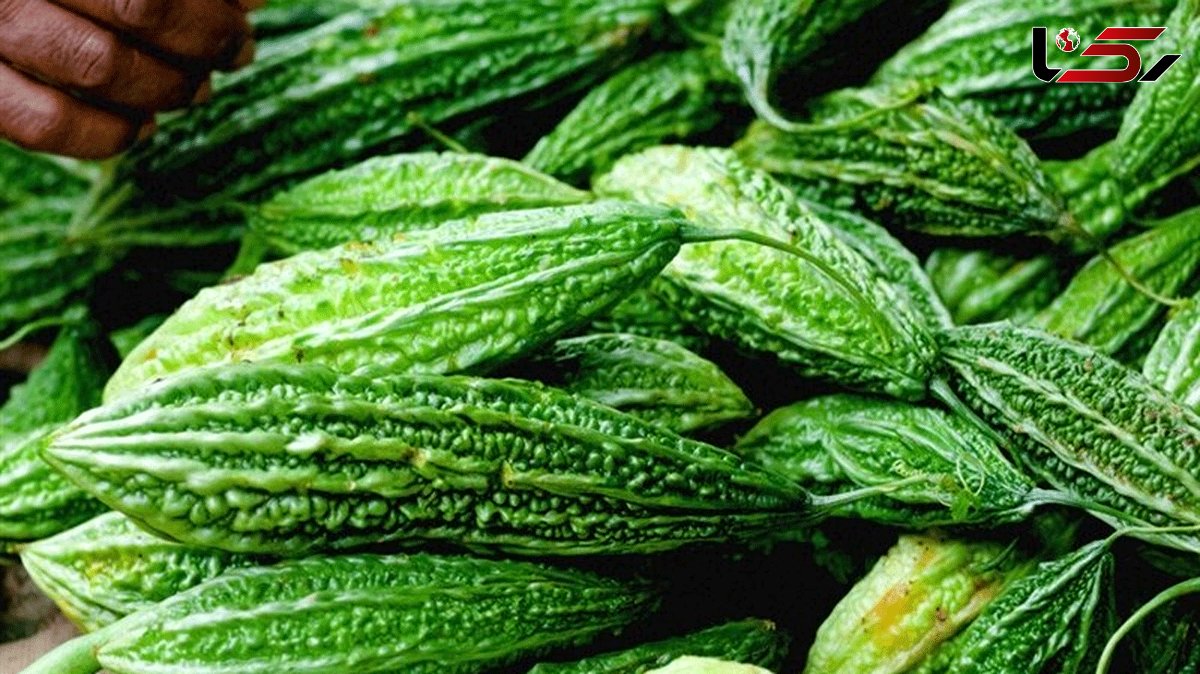Iran Grows Bitter Melon for 1st Time
Bitter melon with unique properties which is famous for treating diabetics and fatty liver has recently been cultivated for the first time in Iran.

Also known as bitter gourd or Momordica charantia, it is cultivated around the world for its edible fruit, widely grown in Asia, Africa, and the Caribbean. Its many varieties differ substantially in the shape and bitterness of the fruit, Tehran Times reported.
This herbaceous, tendril-bearing vine grows up to 5 m (16 ft) in length. It bears simple, alternate leaves 4–12 cm (1.6–4.7 in) across, with three to seven deeply separated lobes. Each plant bears separate yellow male and female flowers. In the Northern Hemisphere, flowering occurs from June to July and fruiting from September to November.
In addition to its sharp flavor and distinct appearance, bitter melon has been associated with several impressive health benefits.
Bitter melon is a great source of several key nutrients, including, vitamin A, vitamin C, potassium, zinc, and iron, and an important micronutrient involved in disease prevention, bone formation, and wound healing.
Bitter melon is a good source of catechin, gallic acid, epicatechin, and chlorogenic acid, too — powerful antioxidant compounds that can help protect cells against damage.
Thanks to its potent medicinal properties, bitter melon has long been used by indigenous populations around the world to help treat diabetes-related conditions.
In recent years, several studies confirmed the fruit’s role in blood sugar control.
A 3-month study in 24 adults with diabetes showed that taking 2,000 mg of bitter melon daily decreased blood sugar and hemoglobin A1c, a test used to measure blood sugar control over three months, according to the Healthline website.
Research suggests that bitter melon contains certain compounds with cancer-fighting properties.
In a village near Oroumiyeh, northwest Iran, a 700-square-meter greenhouse was established with the efforts of an investor and the Ministry of Agriculture as a technological and knowledge-based unit, which is now producing this valuable plant in addition to generating jobs.

Send Comments